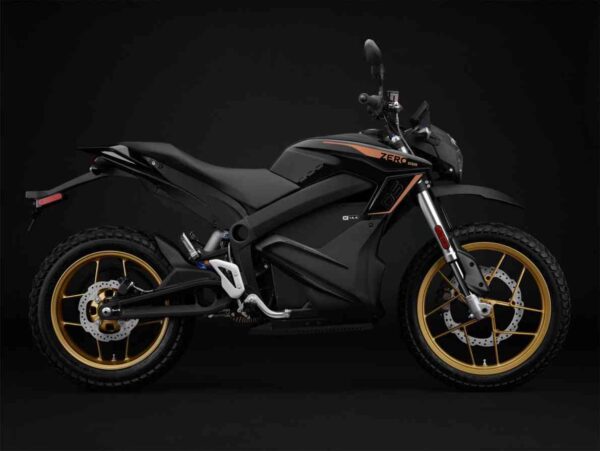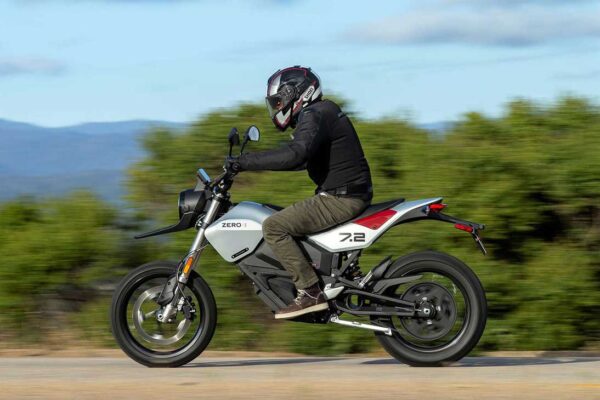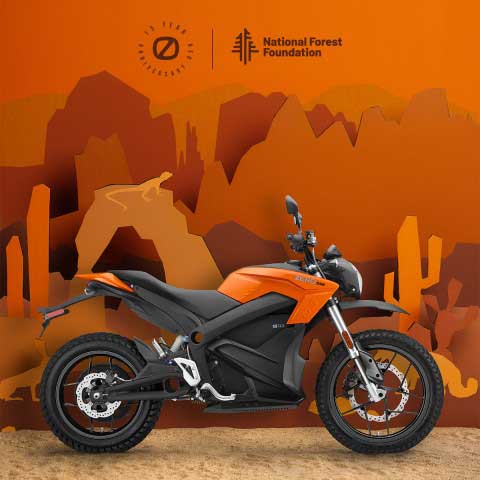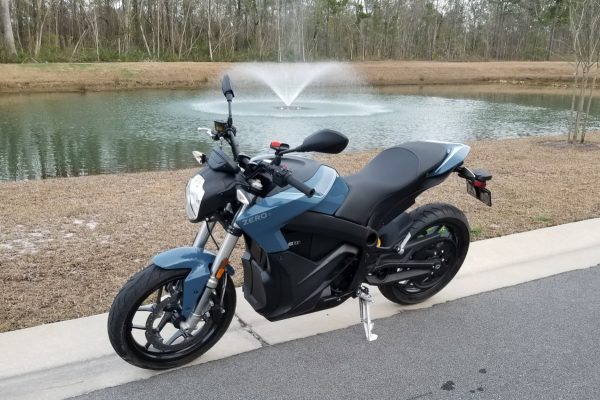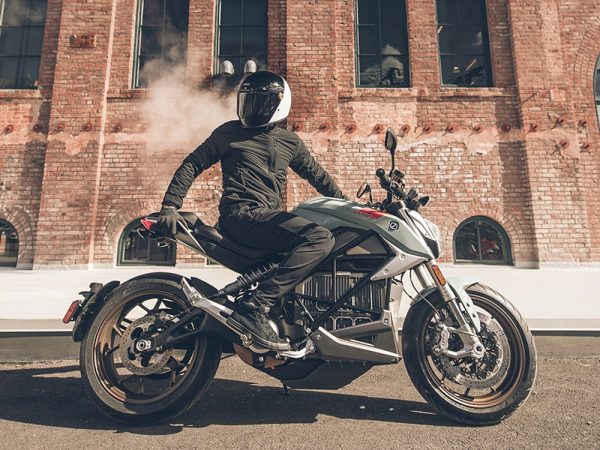Zero Motorcycles Announces Early Release of All Electric Motorcycles
by Benny Kirk from https://www.autoevolution.com If you thought the world of motorcycles would be exempt from the all-electric revolution, it seems that prediction is just plain false. Zero Motorcycles, makers of electric bikes for 15 years, is going to have a real challenge keeping up with demand it seems. The Santa Cruz, California-based EV manufacturer announced it’s going to release several of its 2022 electric bike models ahead of schedule to satiate what they called “unprecedented demand”. Including the model year 2022 S street motorcycles, DS, and DSR dual-sport models. Zero Motorcycles claims this dramatic uptick in demand for electric bikes is partially due to lockdown restrictions from the latest public health crisis finally being lifted, creating a surge of riders chomping at the bits to get back on the road again. This desire to get bikes on the road before the end of the 2021 riding season is the main impetus for this change of pace. The company also claims that demand in the electric motorcycle category far outpaces the demand for traditional internal combustion-powered motorcycles. While this claim can not be verified, the industry-wide shift from petroleum to electric drive in cars over the last five years makes this a more agreeable claim. Zero’s line of motorcycles coves a wide range of different motorcycle categories, including normal street bikes, street racing bikes, supermoto, and even motocross. The company touts performance specs like a top speed of 98 miles per hour (158 kilometers per hour) and a range of 82 miles on its 2022 Zero S street bikes. With stats like those, it’s no wonder demand is skyrocketing. It would still no doubt be difficult to persuade most die-hard motorcycle fans on board with the idea of a street bike that makes zero noise whatsoever. But with governments worldwide […]
Zero Motorcycles Announces Early Release of All Electric Motorcycles Read More »

